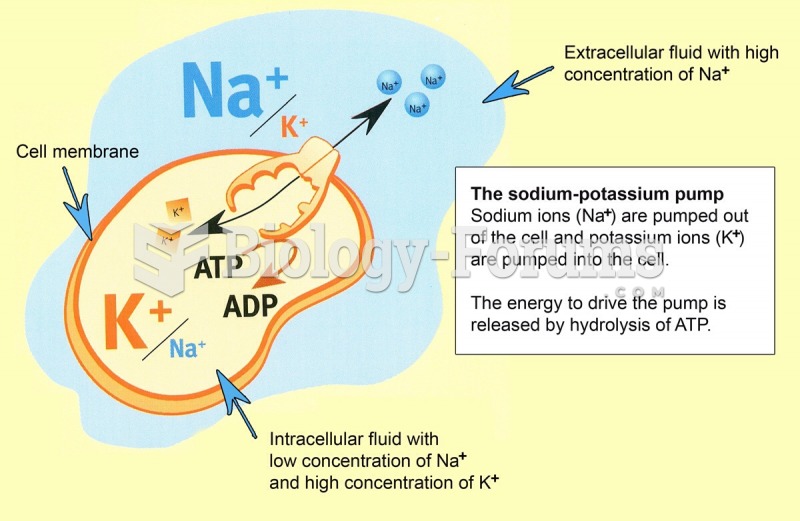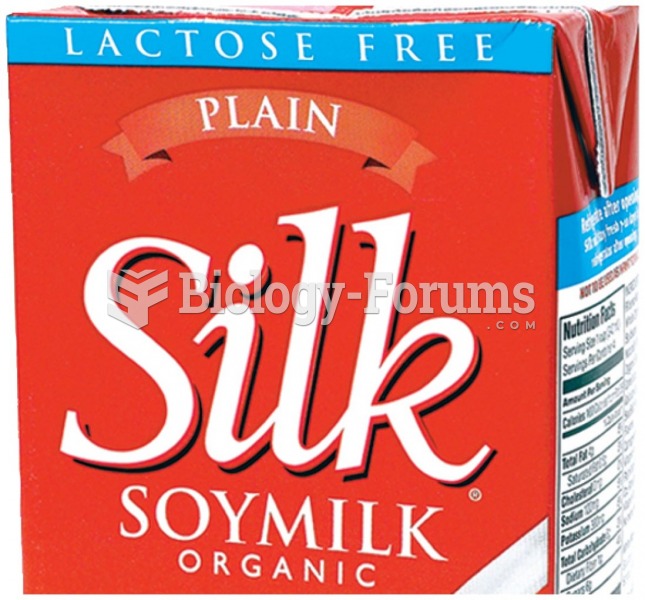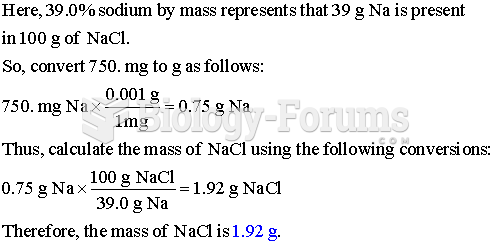Answer to Question 1
Buttermilk contains little or no butterfat. Commercial buttermilk is produced by adding a bacterial culture to fluid milk, which converts some of the milk's lactose to lactic acid. Real buttermilk is the liquid remaining when cream is churned and the resulting butter removed. Acidophilus milk is produced by adding a culture of Lactobacillus acidophilus to pasteurized milk. Buttermilk has a higher acidity and lower fat content than regular milk. Buttermilk has 99 kcal/cup and 2 grams of fat/cup. Evaporated milk is fresh fluid milk from which fifty percent of the water has been removed. Then, it's processed with heat to produce a sterile product. Evaporated milk has at least 7.5 milk fat and 25.5 milk solids-not-fat by weight. It has 338 calories and 19 grams of fat per cup. Sweetened condensed milk is a concentrated milk product that contains 44 sucrose. It's not processed with as much heat as evaporated milk. Sweetened condensed milk is 28 milk solids and 8 milk fat. It is very high in calories and total fat (982 kcal/cup and 27 grams/cup, respectively). Low-sodium milk contains only 6 mg of sodium per cup as compared to 120 mg of sodium per cup in normal milk. Low-sodium milks are produced by an ion exchange method that removes 95 of the original sodium. Soy milk is made from soybeans that have been soaked, ground, and strained. It lacks the carbohydrate lactose, which makes it ideal for lactose-intolerant individuals.
Answer to Question 2
A specific type of bacteria is allowed to grow in the milk. It produces lactic acid, which coagulates the milk and transforms it from a liquid to a semisolid.







